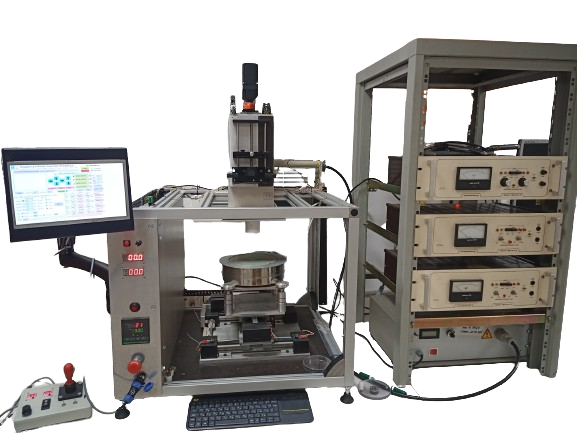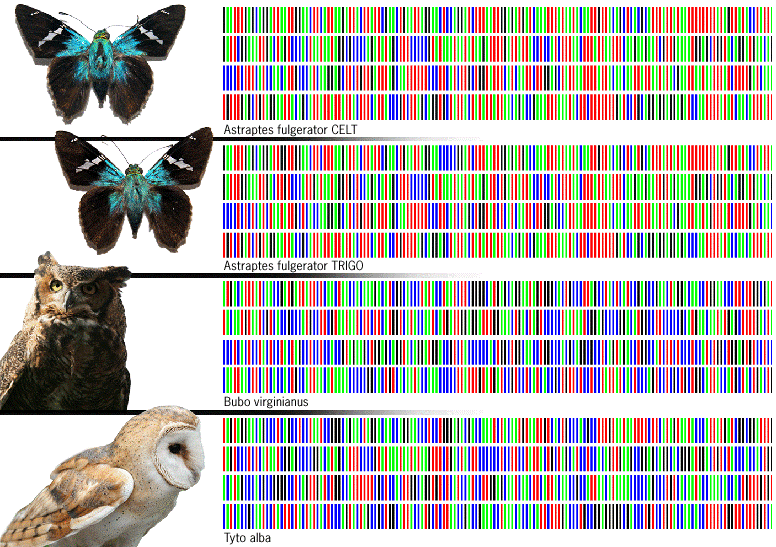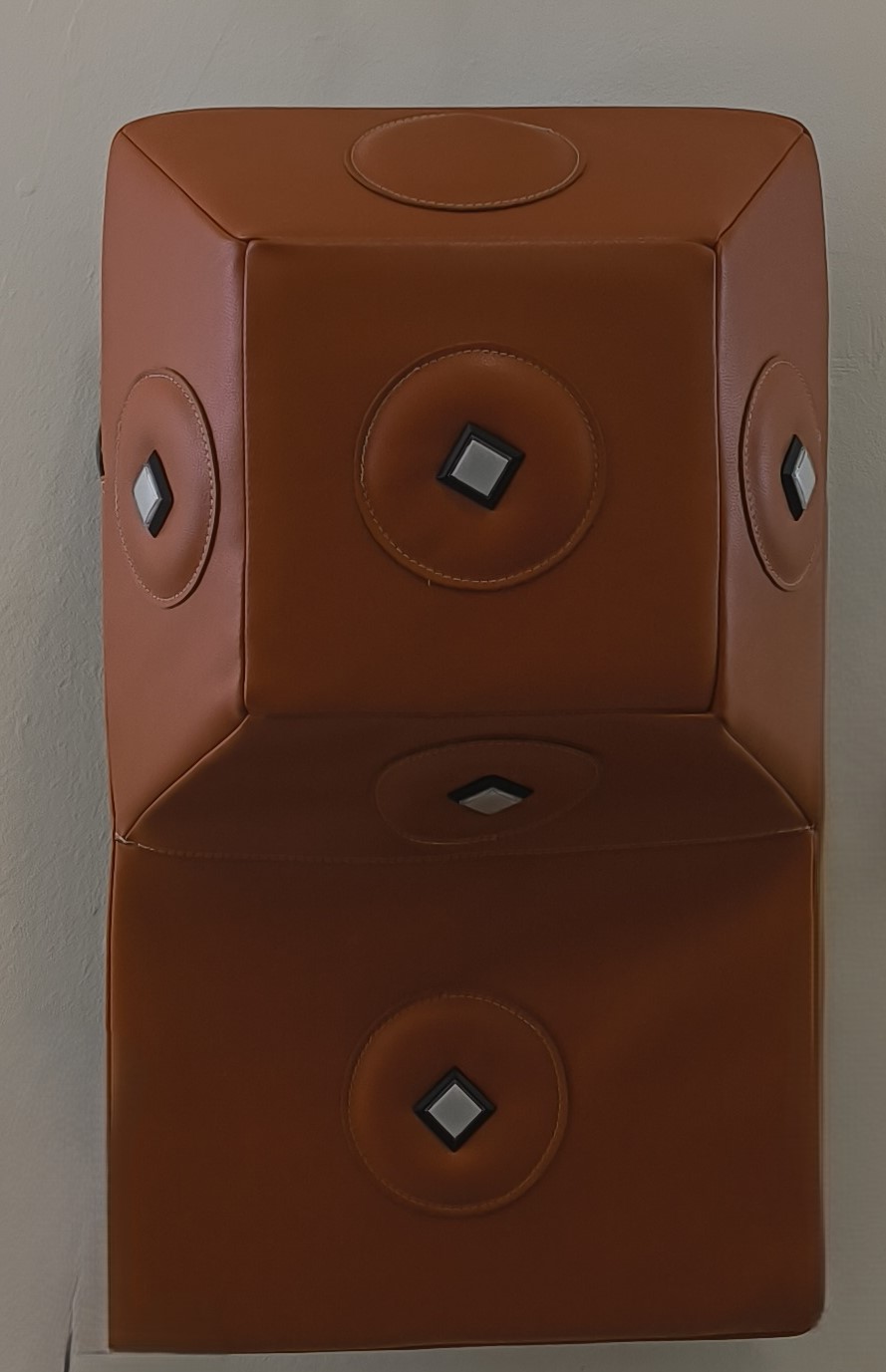
DIGITAL TECHNOLOGIES
An integrated methodology has been developed for assessing and mapping the potential of forests for the provision of forest therapeutic services, combining information from forestry plans and other databases. The methodology has been successfully tested in a pilot region in our country. It is applicable for any scale. “Hot spots” with a high potential for forest therapy have been identified (Y. Dodev).
Contact:
forestin@bas.bg

DIGITAL TECHNOLOGIES
A way to drastically increase the speed at which laser diodes can transmit information has been developed. For this purpose, the so-called VIXELs is considered, i.e. semiconductor lasers with a vertical cavity and emission from the surface of the active medium from quantum wells. A new VIXEL design was designed with an embedded nematic liquid crystal (LC) in a second resonator. A mathematical model was also developed to calculate its dynamic characteristics, and it was shown that such LC-VIXEL can reach many times greater information transmission rates. By adjusting the voltage across the liquid crystal, LC-VIXELs can achieve 3-dB small-signal modulation frequencies of several hundred GHz, while typical modulation frequencies of commercial VIXELs are on the order of 10–15 GHz.
Contact:
office@jic.bas.bg

DIGITAL TECHNOLOGIES
Institute of Optical Materials and Technologies “Acad. Jordan Malinowski” offers an engineering-technical development using the method of electro-spraying for producing thin layers, coatings, and micro- and nanoscale objects. The technology allows the utilizations of electro-spraying (electrostatic atomization) to create small-scale objects through an affordable and well-controlled method. The technology supports advancements in electronics, optoelectronics, spintronics, and materials science.
The technology combines a widely used method for producing nanostructures with additional engineering and physical design solutions for enhanced process control and results.
Technology Readiness Level is at 4-5 and is actively used in a laboratory environment for producing thin layers.
Contact:
office@jic.bas.bg


DIGITAL TECHNOLOGIES
Institute of Plant Physiology and Genetics – Bulgarian Academy of Sciences presents DNA barcoding technology.
The development aims to solve several key problems using the advantages of DNA barcoding technology:
• Taxonomic identification of individuals in all stages of development – from seeds and sprouts to individual parts of tissue, facilitating the monitoring and study of species at different stages of their life cycle;
• Identification of phenotypically similar individuals within a species;
• Diagnosis of phytopathogens causing similar symptoms on agricultural crops and discovery of new pathogens, which is of utmost importance for the development of targeted plant protection measures.
• Building effective strategies for plant resource management and pest control. Accurate identification of plant disease agents is an essential prerequisite for choosing strategies for effective protection.
• Distinguishing taxonomically complex species;
• Identifying species composition in mixed samples – analysis of environmental samples such as soil, water, air, foodstuffs, etc., which will improve understanding of biodiversity and species interactions.
IPPG-BAS offers specialized services for DNA-based identification and monitoring of plant resources and phytopathogenic fungi. DNA barcoding technology and transposon-based high-resolution markers include data analysis and the provision of definitive opinions, which also conditions a wide range of potential users.
Contact:
office@jic.bas.bg

DIGITAL TECHNOLOGIES
- Trains the brain for more flexible and faster thinking;
- Allows for multi-component decision-making – exercises coordination between the left and right hemispheres depending on the task;
- Improves decision-making time;
- Offers the possibility to create various training combinations;
- Enhances the ability to react to external stimuli.
- School-age children – for improving concentration and cognitive abilities. It is suitable for children with hyperactivity and attention deficit.
- Adults – to develop more flexible and faster thinking and improve decision-making ability. It is suitable for preventing cognitive disorders and for women in menopause.
- Athletes – for individual training to improve both visual-motor reaction and decision-making time. It is suitable for training, enhancing, and controlling the specialized technical preparation of boxers and improving sports and technical skills.
Contact:
office@jic.bas.bg

DIGITAL TECHNOLOGIES
Monitoring system for forecasting solar photovoltaic energy production
A monitoring system for measuring solar radiation has been developed at the Central Laboratory for Solar Energy and New Energy Sources, the data from which play an important role in designing and forecasting solar photovoltaic power plants, as well as in protecting against disturbances in the power transmission network. The monitoring system consists of digital I2C sensors measuring incident direct and diffuse solar radiation in different optical ranges with real-time visualization using the open source graphical application Grafana OSS. The developed prototypes are used to compare solar activity and detect spectral fluctuations and features at different geographical points and altitudes.
Contact:
office@jic.bas.bg

DIGITAL TECHNOLOGIES
Self-learning high-performance artificial intelligence models in cardiology
Development of self-learning high-performance artificial intelligence models in cardiology was carried out at the Institute of Biophysics and Biomedical Engineering. Using large specialized arrays of multi-channel ECG databases, various neural network models were designed, trained, optimized and tested with applications for precise measurement of diagnostic ECG waves, continuous rhythm analysis in cardiopulmonary resuscitation, ventilation and standard analysis from a defibrillator, ECG filtering with self-learning to interference frequencies, arrhythmia diagnosis, decoding of sound (sonified) 12-channel ECG using GSM connectivity, and classification of rhythm and conduction disorders. Advantages include reducing costs and improving the quality of the diagnostic process through automation, precision, early diagnosis, accessibility, personalized recommendations, and detecting hidden dependencies in ECG data that are not obvious to experts.
Contact:
office@jic.bas.bg

DIGITAL TECHNOLOGIES
Archaeological research using high-tech and digital techniques
A method for conducting archaeological research using high-tech and digital techniques contributes to the development of the discovery and documentation of archaeological sites. The development of the Institute of Oceanology has led to the registration of underwater archaeological structures for the first time on the Western Black Sea coast, whose purpose was to be part of medieval port infrastructure. It allows academic and cultural heritage management stakeholders to become increasingly unified, as well as the collection and storage of larger amounts of data from archaeological surveys.
Contact:
office@jic.bas.bg

DIGITAL TECHNOLOGIES
Typology of verb classes through the prism of their compatibility with noun classes
Development by researchers from the Institute of Bulgarian Language, of a conceptual description of the semantics of natural language presents a typology of verb classes through the prism of their compatibility with noun classes and solves current problems in the field of computer processing of natural language – automatic determination and marking of semantic roles, automatic semantic and syntactic analysis, information extraction, automatic answering of questions, automatic translation, etc. The integration of conceptual and lexical information with data on syntactic structures allows achieving completeness of the description, which does not exist for the Bulgarian language so far. The proposed conceptual description concerns the solution of current problems in the field of natural language processing – automatic definition and marking of semantic roles, automatic semantic and syntactic analysis, information extraction, automatic question answering, automatic translation, and is also relevant for the development of machine learning models related to language processing.
Contact:
office@jic.bas.bg

DIGITAL TECHNOLOGIES
National online platform Bulgarian Language Resources Online – BERON
Developed by scientists from the Institute of Bulgarian Language, the National online platform BERON (Bulgarian Language Resources Online, https://beron.mon.bg/) provides free access to language resources related to the mandatory norms of the literary Bulgarian language. It contains spelling (dictionary and rules), orthography (sounding of words according to literary pronunciation), grammar (paradigms of lexemes with reference to the inflectional type (approx. 2,400,000 forms), short rules and language references (section “Question of the Day”). The platform is of extremely high public importance, is aimed at all speakers of the Bulgarian language in our country and abroad and provides easy access to reliable, complete and accurate information about the rules of the Bulgarian literary language and affirms the central role of the IBL in the national language policy.
Contact:
office@jic.bas.bg
